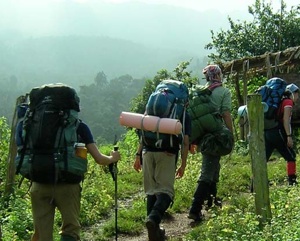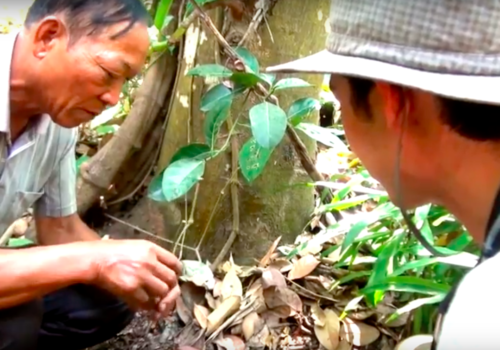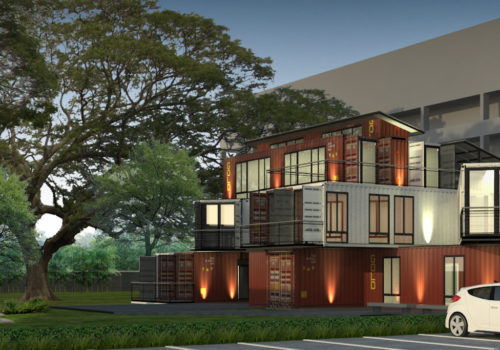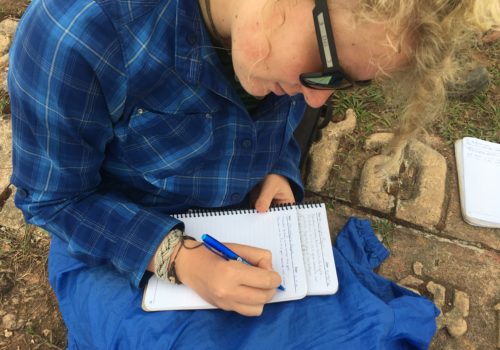
Students entering a Karen village at the end of 8 hours trekking through the jungle and mountains of Mae Hong Son.
This week students at ISDSI are in Mae Hong Son province on our Forests course, learning about the Karen (Bak’en’yaw) and their relationship to the forested mountains that they call home. While some of the villages students will visit and live in have road access, we walk in, using the traditional trails that have, in some cases, been used for generations.
(While I’ll refer to it as “walking,” it is really some of the most difficult trekking/backpacking there is. The landscape is very rugged, with rivers, steep terrain, muddy slopes, and thick jungle on and off trail. Some days are 8+ hours long with over a dozen river crossings in a day, so just calling it “walking” might not give the right feel to what it is really like! However, we’re doing it on foot, so “walking” it is.)
Years ago when we were first working with the villages of the areas to design and set up the course, the villagers expected that we would, like tourists, drive to the villages and then go on day hikes. However, as we talked about our goals of having students learn about their lives, how they as a group of villages form a wider community, and how we wanted to understand the traditions and history of the Karen people, the idea of walking between villages was born.
Walking has a lot of advantages over using a jeep to access the villages.
- Walking slows things down. You notice the birdsong, the small changes of humidity and temperature, and the pace of life in the mountains more. You see things at a slow walking pace you cannot see in a vehicle.
- Walking gives our village teachers a chance to talk about specific rivers, forests or habitat that are important to them, that we wouldn’t see otherwise. It also gives us a chance to get to know them and see how comfortable they are in the forest that is a part of their home.
- Walking helps us learn about how far apart the villages really are. It is easy to zone out on a long ride in a truck, but when you’ve spent 8 hours walking from one village to the next through jungles, rivers and rugged terrain, you REALLY understand the distance!
- Walking allows time for reflection. There are plenty of times when you need all your attention on the task at hand (like a difficult river crossing or a steep trail), but walking through the forest allows time to think and connect and process what you’re learning.
- Walking through a landscape allows a deeper connection to it than is possible when driving encased in glass and steel. You know in a very visceral way how high a village is on the mountain, what the forest is like, and how the streams form and cascade down the mountainside.
David Orr in his book Earth in Mind talks about the importance of living in and learning from a landscape. Walking is one of the best ways to do that.



